Come ci possiamo liberare delle planarie? Frank Schenk di Breeders and Keepers III ci spiega un metodo semplice, ma efficace.
the Monster ;-/ ..this planaria Killed the shrimp. – how to get rid of Planaria – here is a interview with Frank Schenk from the Breeders and Keepers III I had tried so many methods to get rid of planarians in my tanks, but after many trials and errors, I finally used Panacur ® Suspension 10% for dogs. The active agent is Fenbendazol. This drug is prescriptive in many countries and must thus be obtained from a veterinarian.Panacur is also comes in the form of pills, however, they do not dissolve in water, and it is thus very difficult to make a stock solution for exact dosage. This suspension, in contrast, is already a fluid.Moreover, the pills contain other substances that are said not to be really beneficial for fish or shrimp.The correct dosage is 0.65 ml of the suspension to 100 l of aquarium water, or 0.5 to 1 mg of Fenbendazol (the pure active ingredient!) to 1 liter of aquarium water, or 2 to 4 mg of Fenbendazol to 1 US gallon.Change 50% of the water after seven days.The planarians do not disappear or die off all of a sudden, but contract and die off slowly and not all at the same time, which prevents the water from going foul.After around three weeks, no planarians are to be seen any more.I have tried this drug in different set-ups and in quite a few aquaria, with hard and soft water, it has always had the same reliable effect.In my experience, Nerite snails do not tolerate this drug at all, snails of the genus Tylomelania seem to have less difficulty with it, however, I cannot recommend using it in tanks with these snails either.After another four weeks, you ought to repeat the Panacur treatment in order to eradicate those planarians that hatched from eggs.I have never had any losses among my shrimp populations resulting from this treatment, and in my opinion, the dosage above does not have any adverse effects on them. They do not lose their eggs or stop reproducing, the offspring keeps growing at a normal rate.Another important point is the favorable price. I paid a little under 20 Euros for 100 ml of suspension. This will last me for a long time.
Gepostet von Shrimp King am Freitag, 22. Dezember 2017
Ho provato così tanti metodi per sbarazzarmi delle planarie nei miei acquari, che dopo molti tentativi ed errori ho finalmente trovato quello giusto: il Panacur Sospensione 10%, un antiparassitario per cani.
L’agente attivo è fenbendazolo. Questo farmaco è disponibile su prescrizione in molti Paesi e deve quindi essere prescritto da un veterinario.
Il Panacur esiste anche sotto forma di pillole, che tuttavia non si dissolvono in acqua, ed è quindi molto difficile fare una soluzione madre per il dosaggio esatto. Questa sospensione, invece, è già un fluido. Inoltre, le pillole contengono altre sostanze che sembra siano dannose per pesci e gamberetti.
Il dosaggio corretto è di 0,65 ml di sospensione per 100 l di acqua dell’acquario o da 0,5 a 1 mg di fenbendazolo (il principio attivo puro!) per 1 litro di acqua dell’acquario o da 2 a 4 mg di fenbendazolo a 1 gallone americano. Cambiare il 50% dell’acqua dopo sette giorni.
Le planarie non scompaiono o muoiono all’improvviso, ma si contraggono e si estinguono lentamente e non tutte contemporaneamente, il che impedisce all’acqua di sporcarsi.
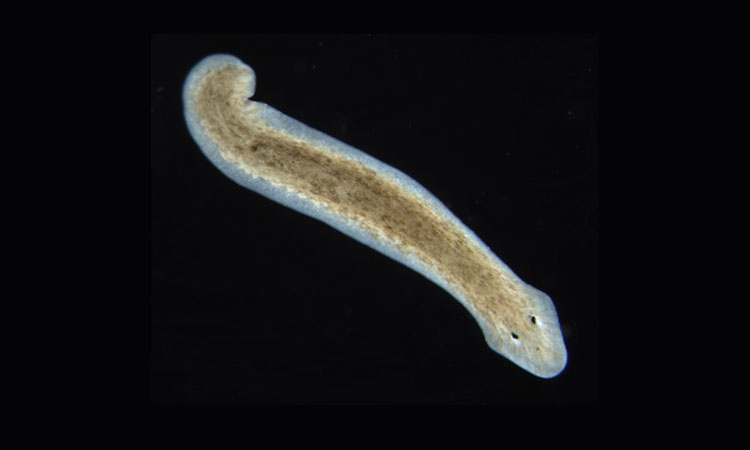
Dopo circa tre settimane, nessuna planaria sarà più visibile.
Ho provato questo farmaco in diversi set-up e in alcuni acquari, con acqua dura e morbida, ha sempre avuto lo stesso effetto affidabile.
Nella mia esperienza, le lumache Nerita non tollerano affatto questo farmaco, mentre le lumache del genere Tylomelania sembrano avere meno difficoltà a farlo. Tuttavia, non posso raccomandare di usarlo nei serbatoi in acquari con queste lumache.
Dopo altre quattro settimane, dovreste ripetere il trattamento con Panacur per sradicare quelle planarie che nascono dalle uova.
Non ho mai avuto perdite tra gli esemplari di gamberetti risultanti da questo trattamento e, a mio parere, il dosaggio sopra riportato non ha effetti negativi su di loro. Non perdono le uova o smettono di riprodursi, e la prole continua a crescere a un ritmo normale.
Un altro punto importante è il prezzo conveniente. Ho pagato poco meno di 20 euro per 100 ml di sospensione, che mi durerà a lungo.


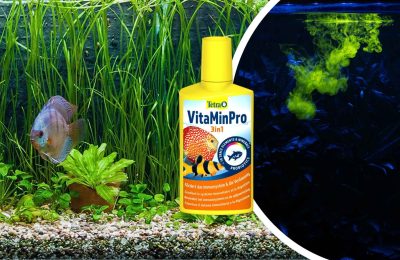


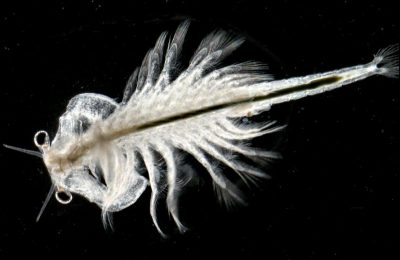
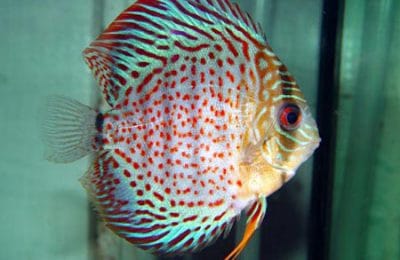
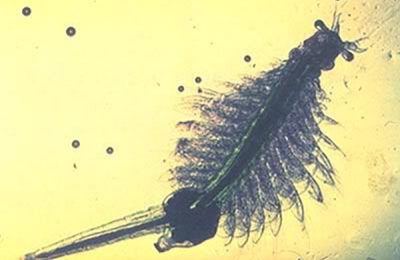
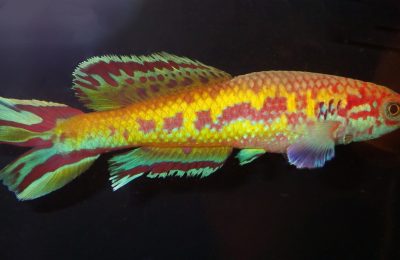
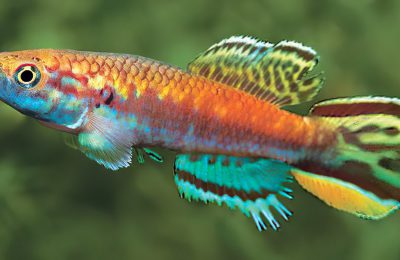
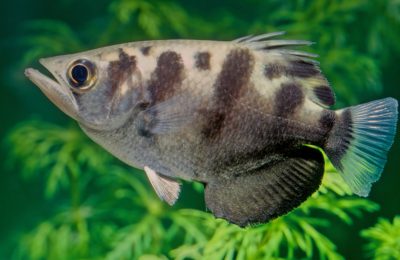
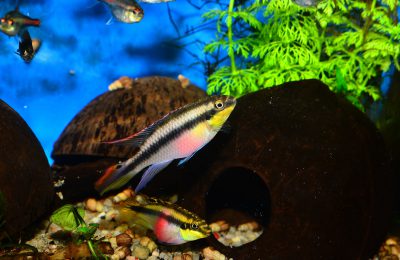
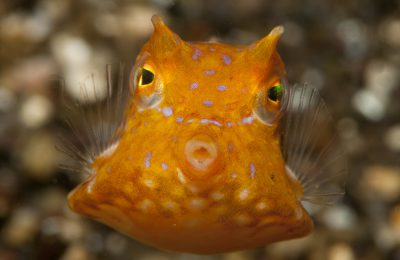
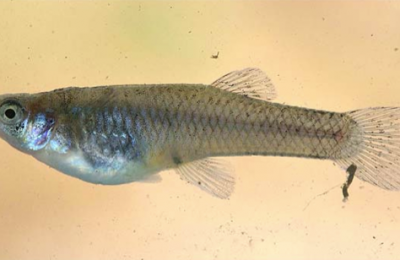

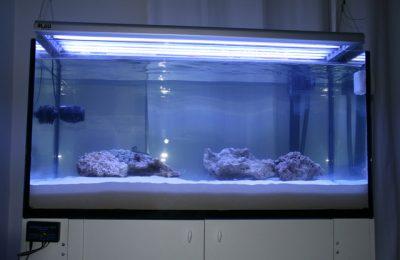

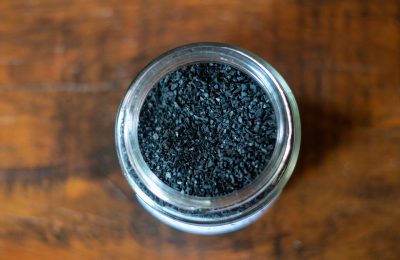
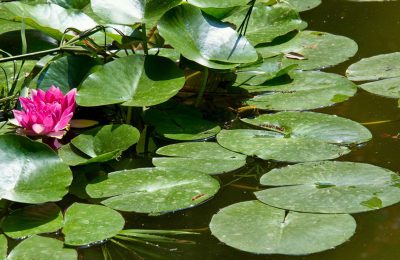
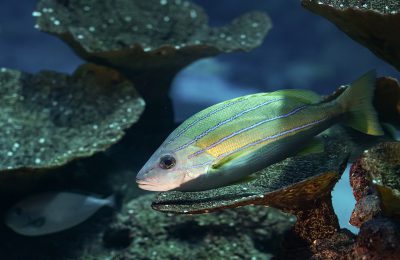
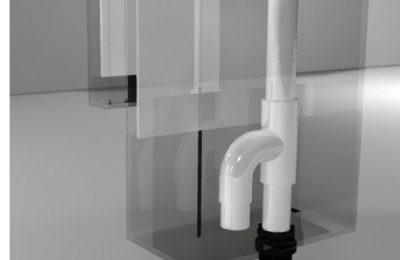
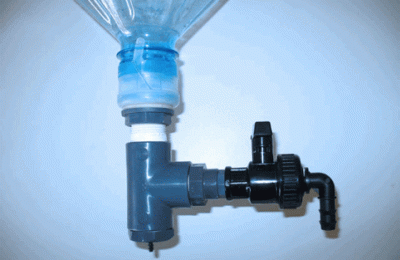

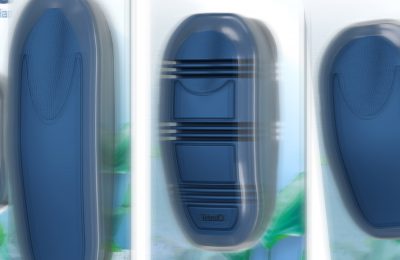
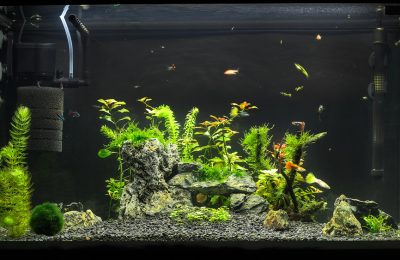
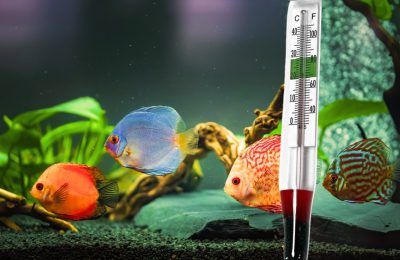
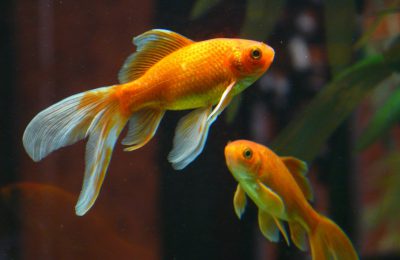

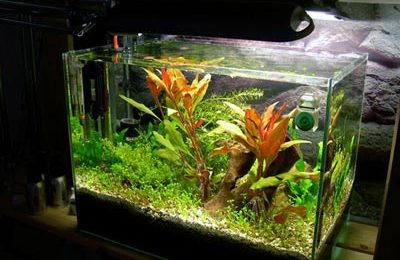
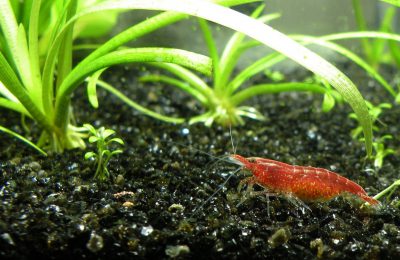
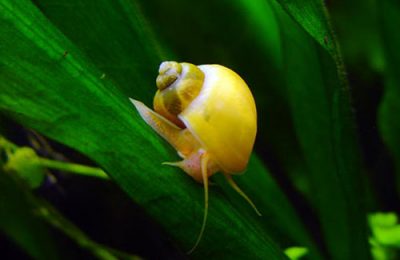
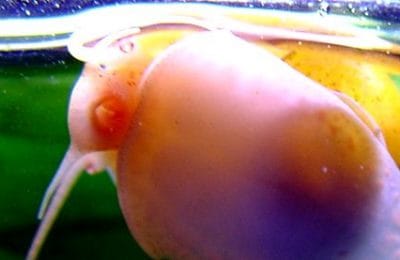

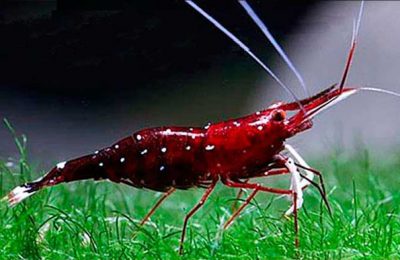
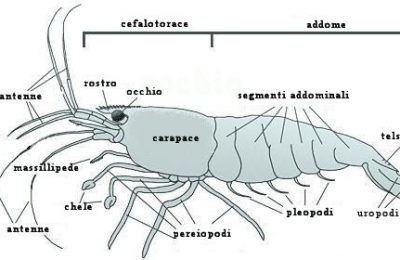
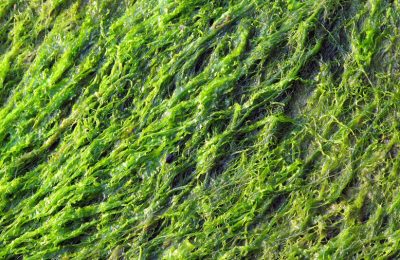
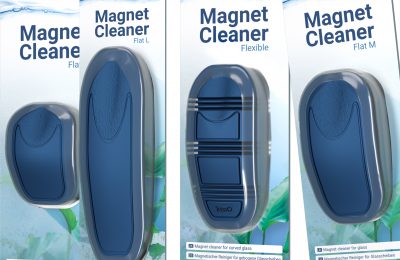
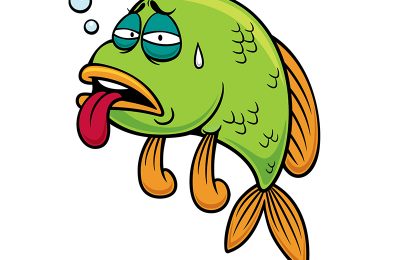
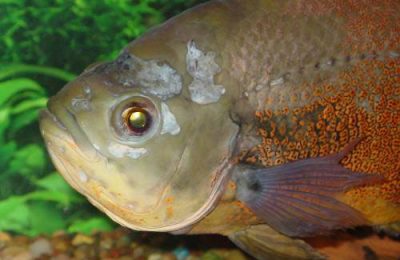
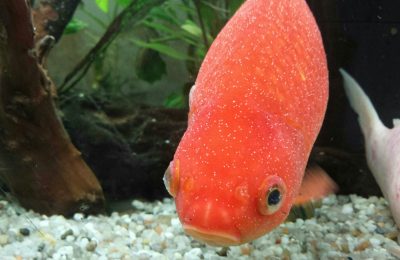

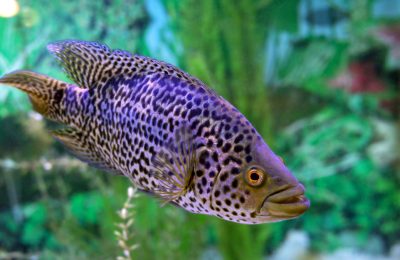
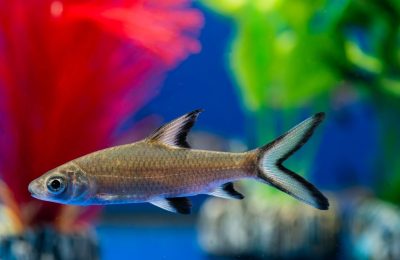
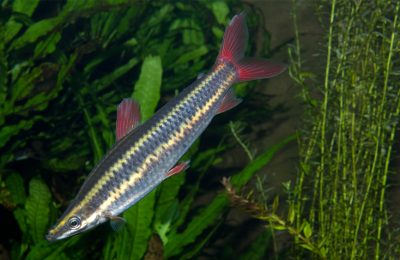
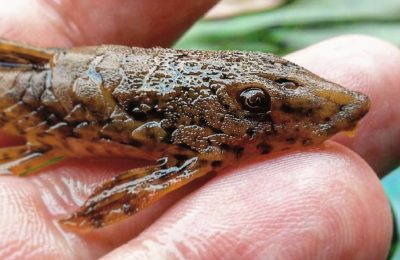
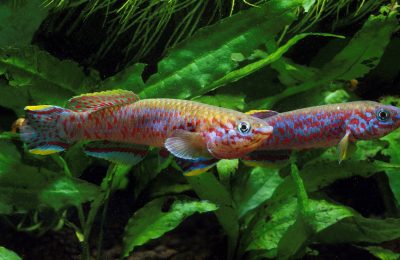
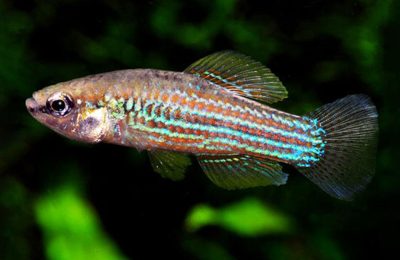
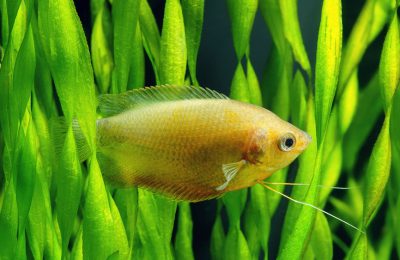


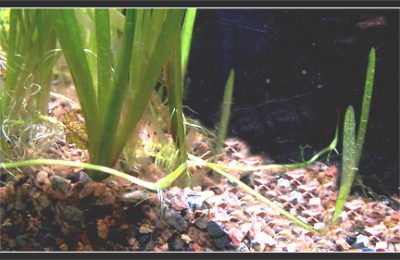
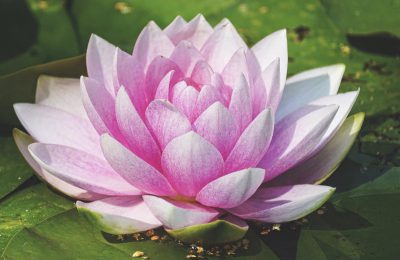
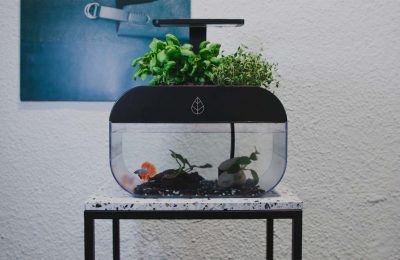


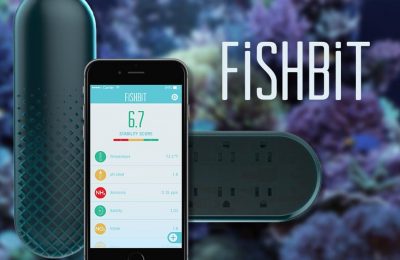
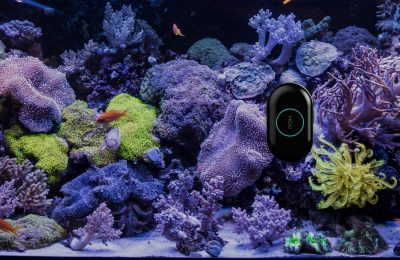
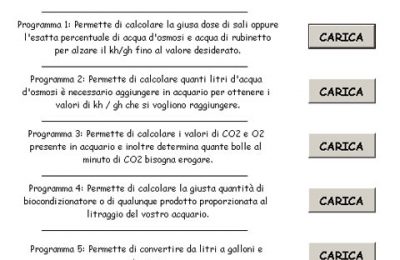
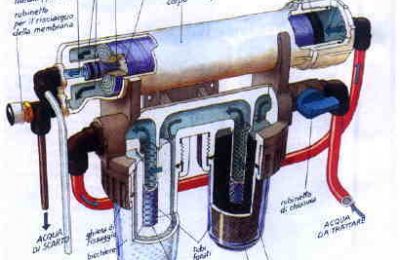
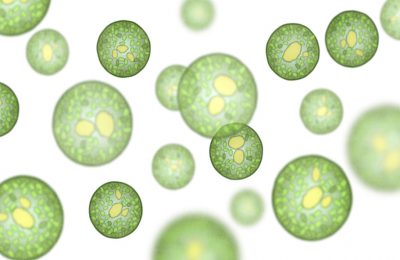
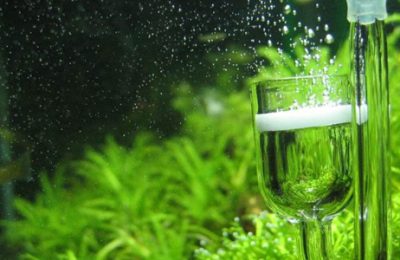
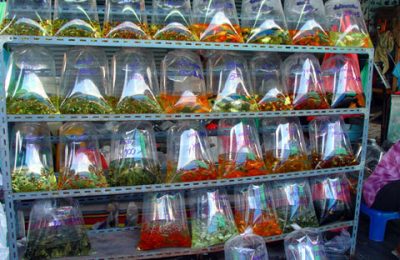



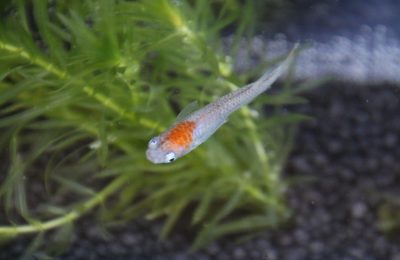

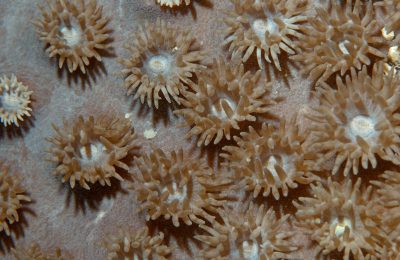
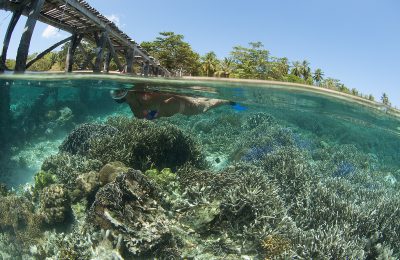
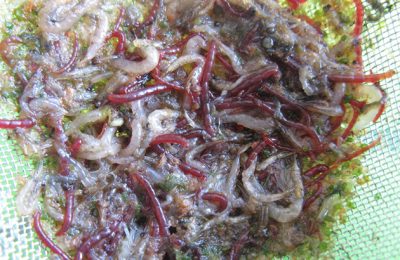

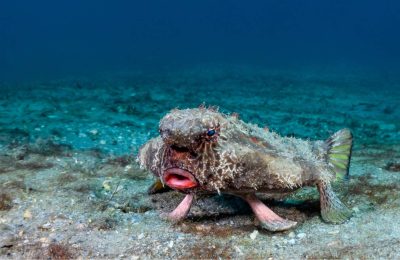
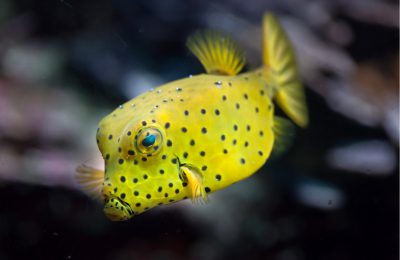
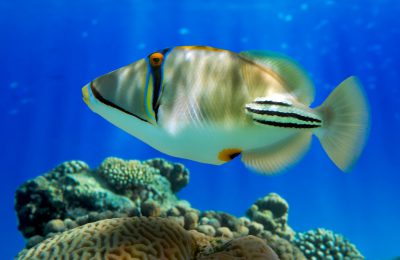
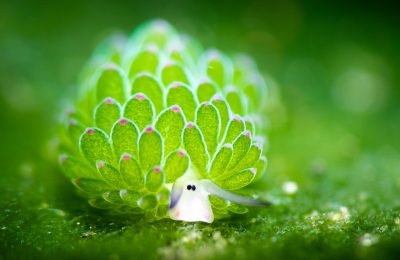
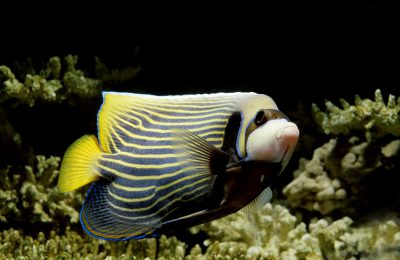
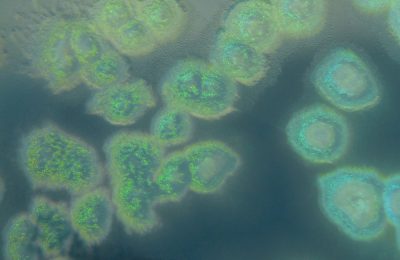
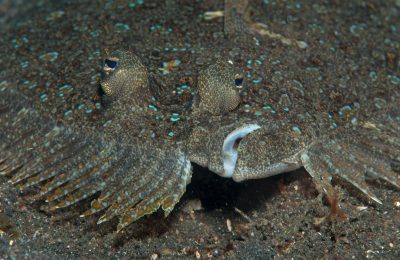
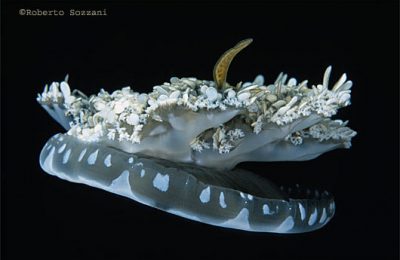
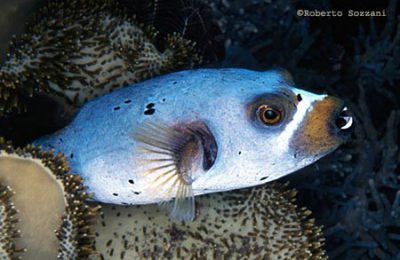
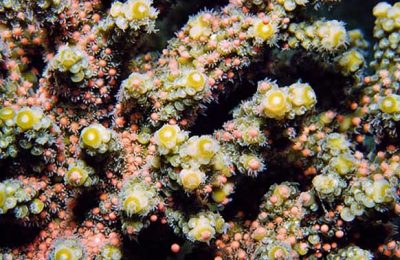
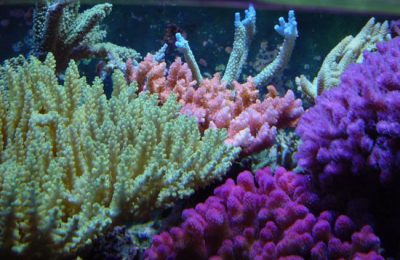

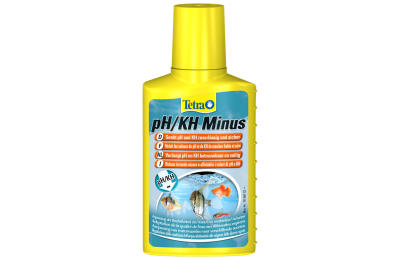

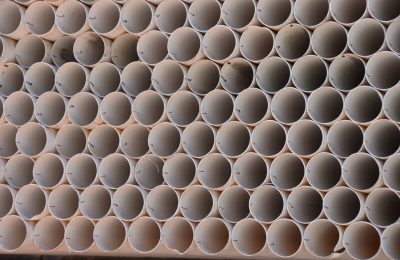
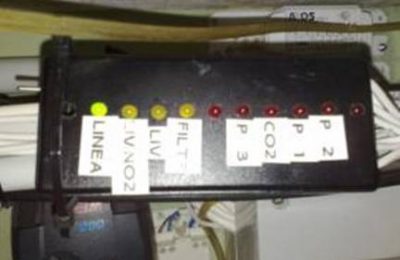
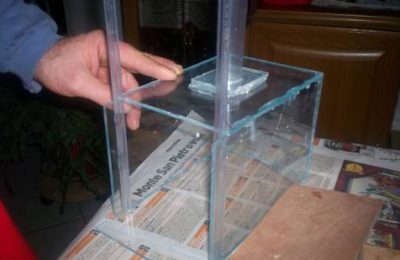

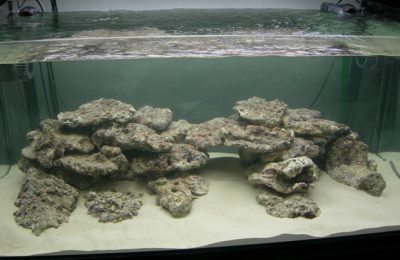
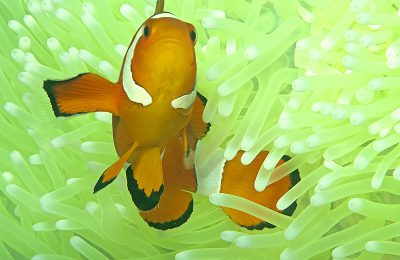
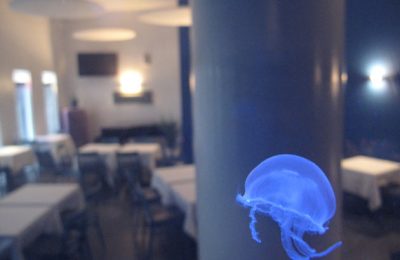
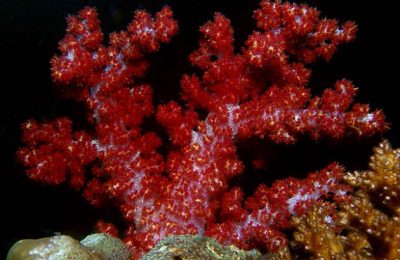
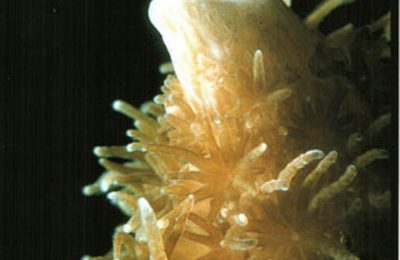
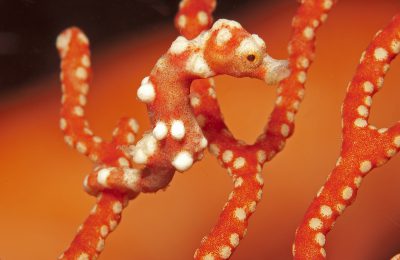
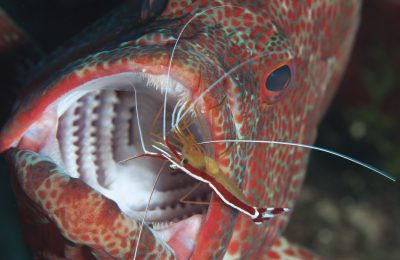
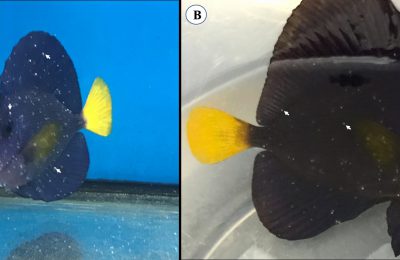
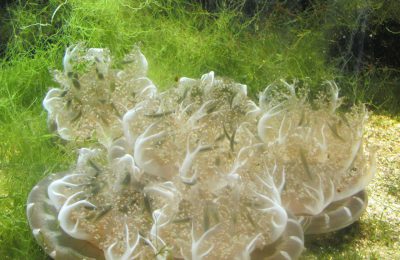
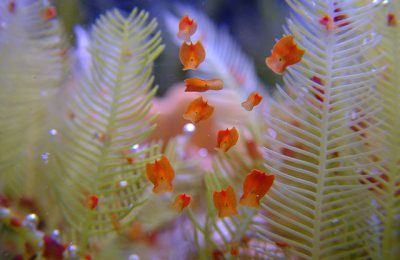
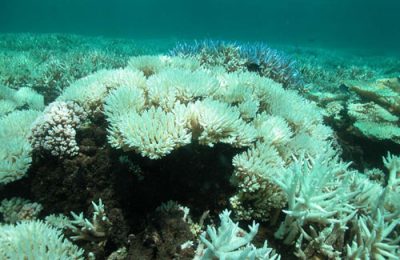
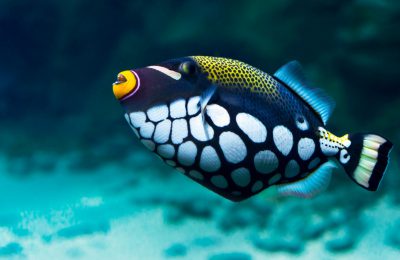
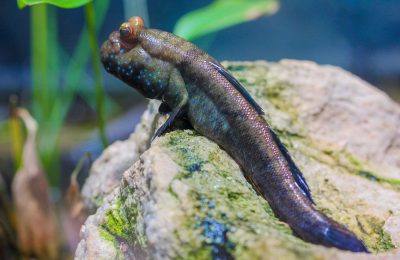


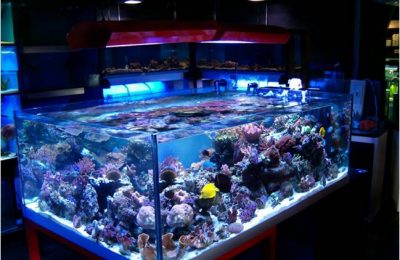

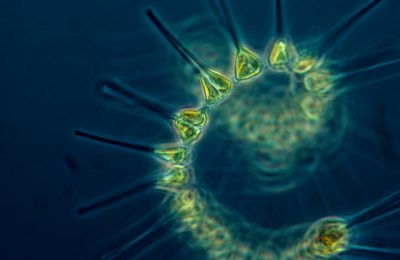
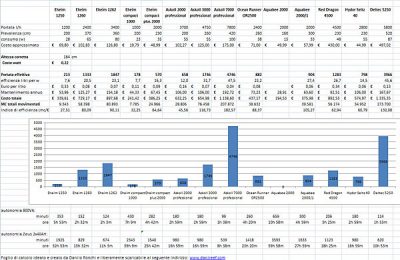



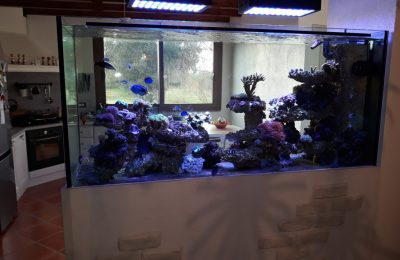
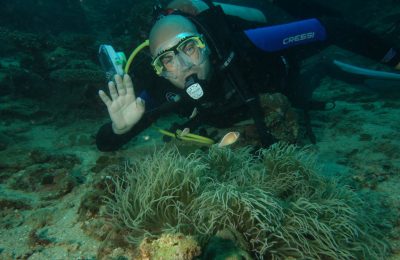


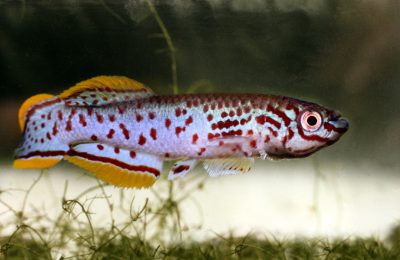

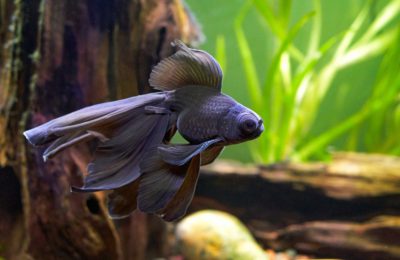
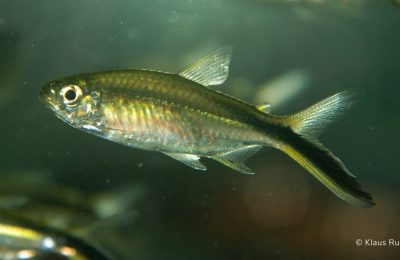
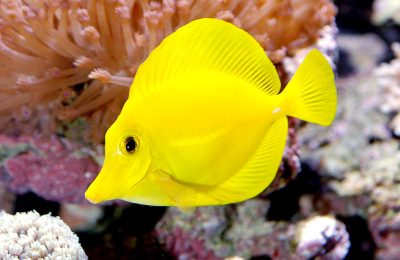
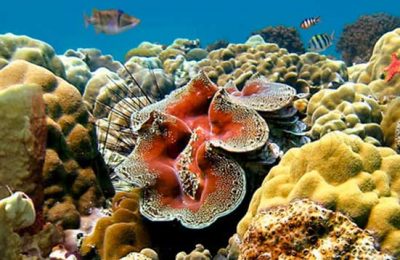


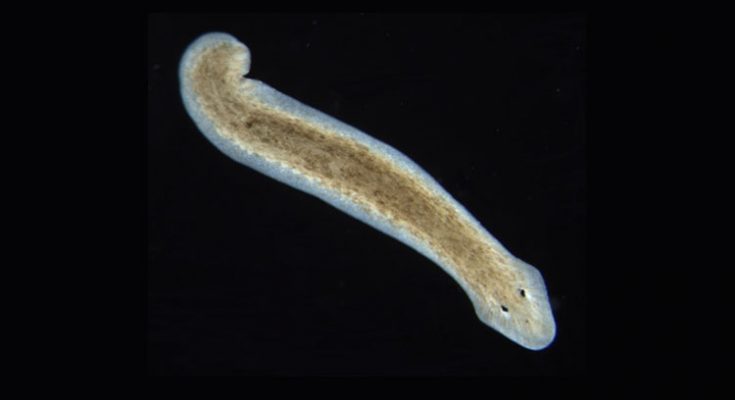
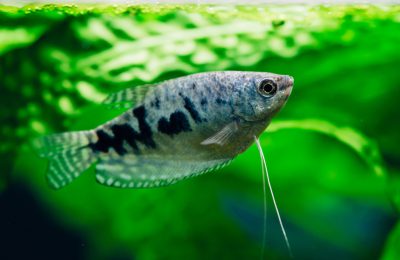
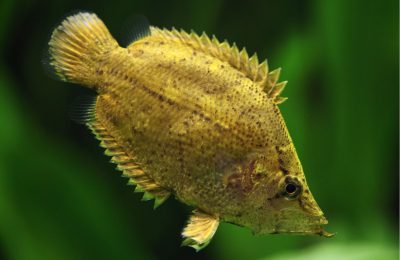

Una domanda stupida…il dosaggio esatto è 0,65ml ogni 100 litri….o 65ml?…nel mio caso..in 800 litri …quanti ne devo mettere?
Scusate ma, il trattamento è valido anche per gli acquari marini con coralli?? Grazie.